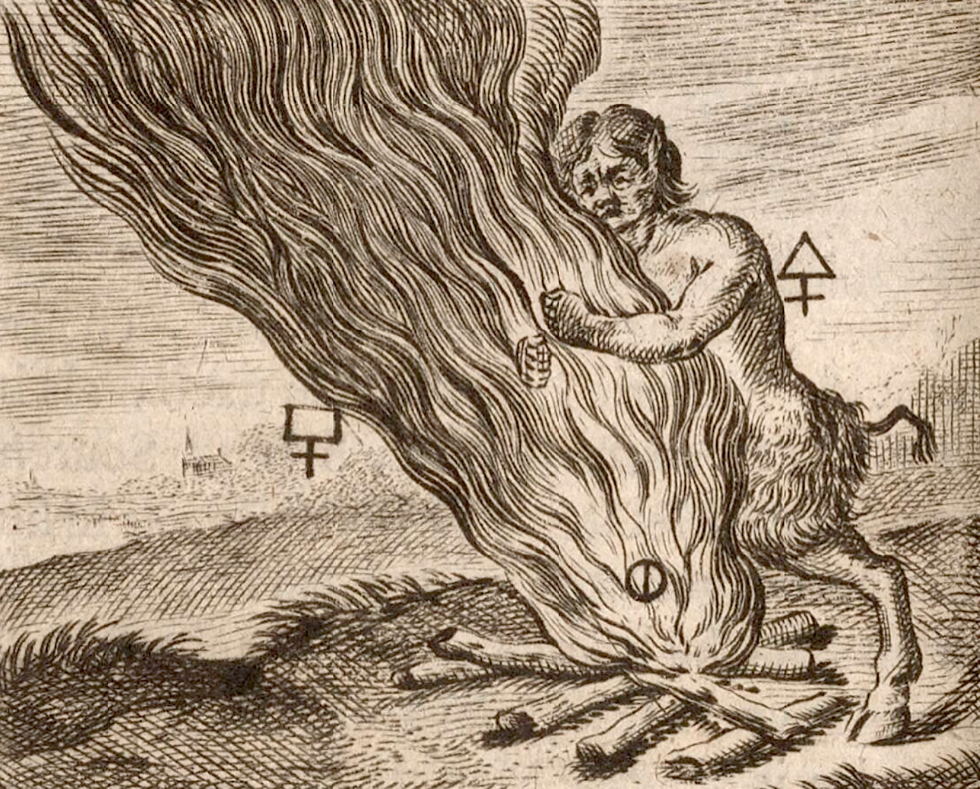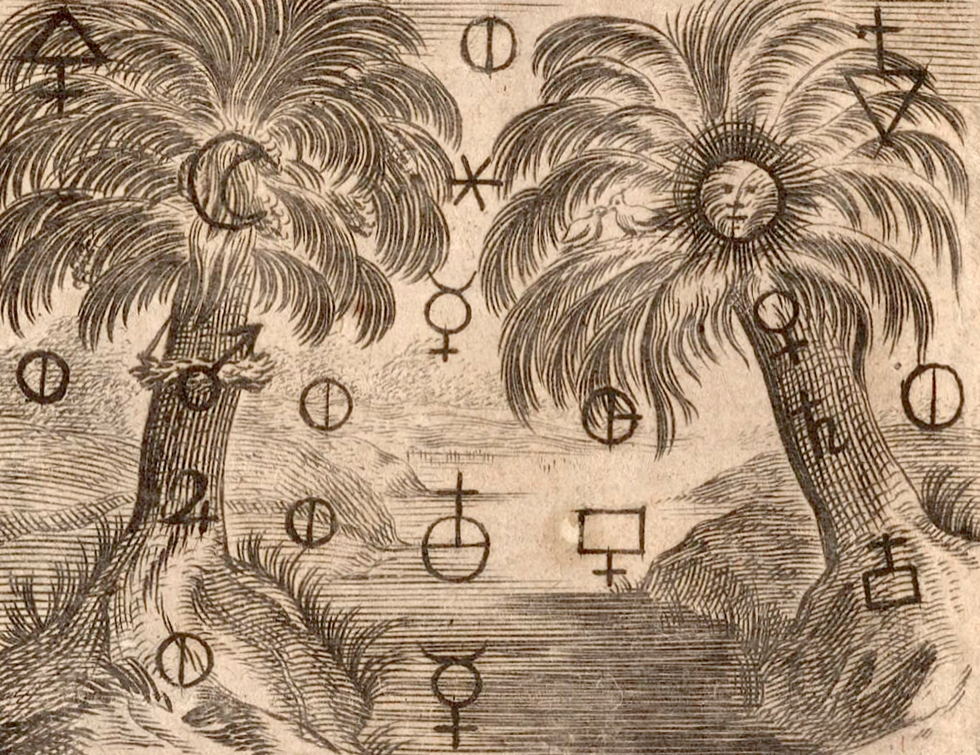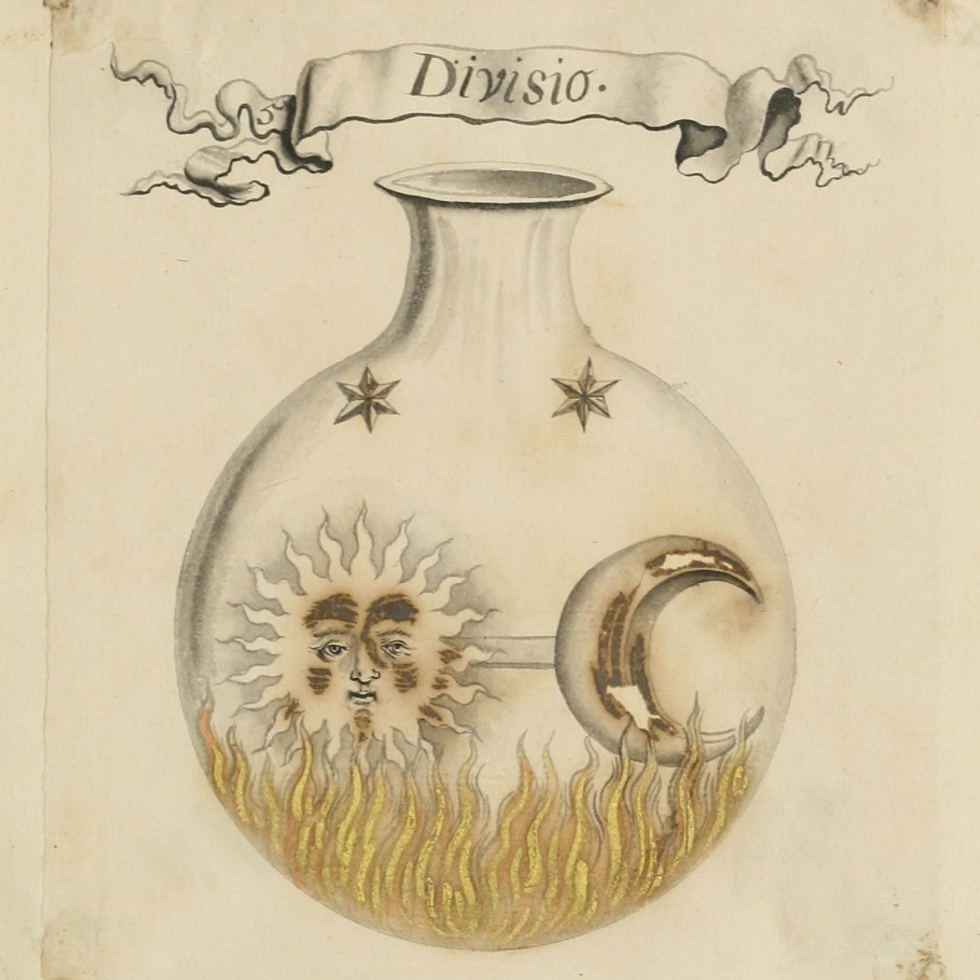
Diagrams of Alchemical Processes from Das Buch mit Sieben Siegeln, Anonymous, ca. 1700. From Manly P Hall’s Collection of Alchemical Manuscripts, Box 4.MS 19.Vol 2



Diagrams of Alchemical Processes from Das Buch mit Sieben Siegeln, Anonymous, ca. 1700. From Manly P Hall’s Collection of Alchemical Manuscripts, Box 4.MS 19.Vol 2
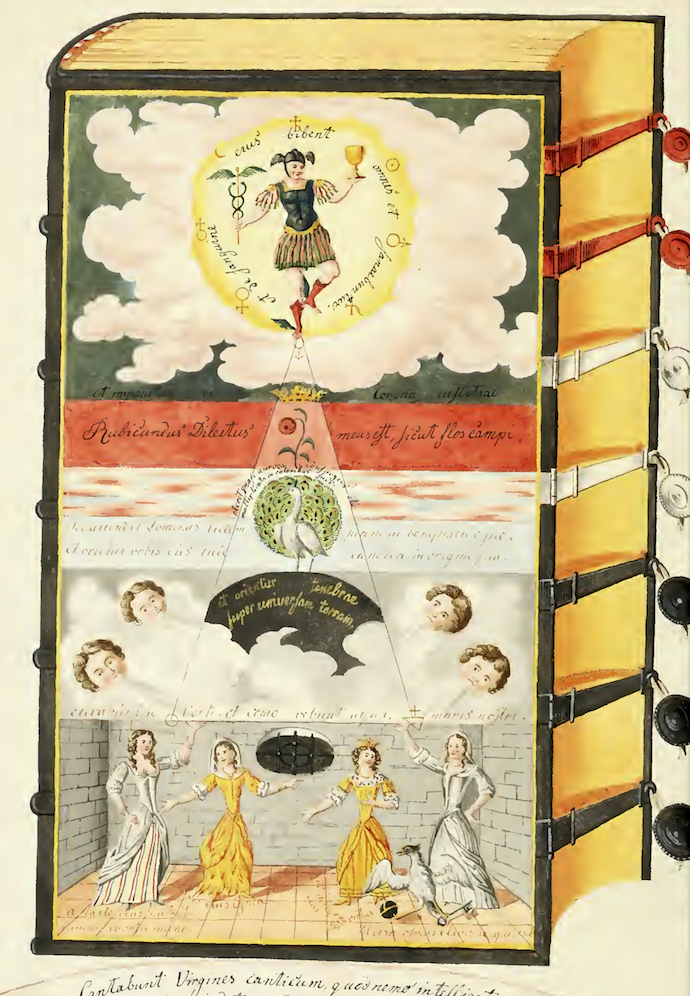
Title page of De Arte divina & sacra, sine Aenigmate tradita & del praxin conscripta by Anonymous, ca. 1700. At the top of the painting you can see the Greek God Hermes, representing the element Mercury, the peacock representing the end of the Nigredo stage, and the element of air, represented by the faces blowing. From Manly P. Hall’s collection of alchemical manuscripts Box 3, MS 14

Drawings from F. de La Rose-croix by Anonymous, circa 1700. Alchemy is sometimes referred to as ‘The Language of Birds’ due to different birds representing different stages in the alchemical process. Source: Manly P. Hall’s Collection of Alchemical Manuscripts Box 5

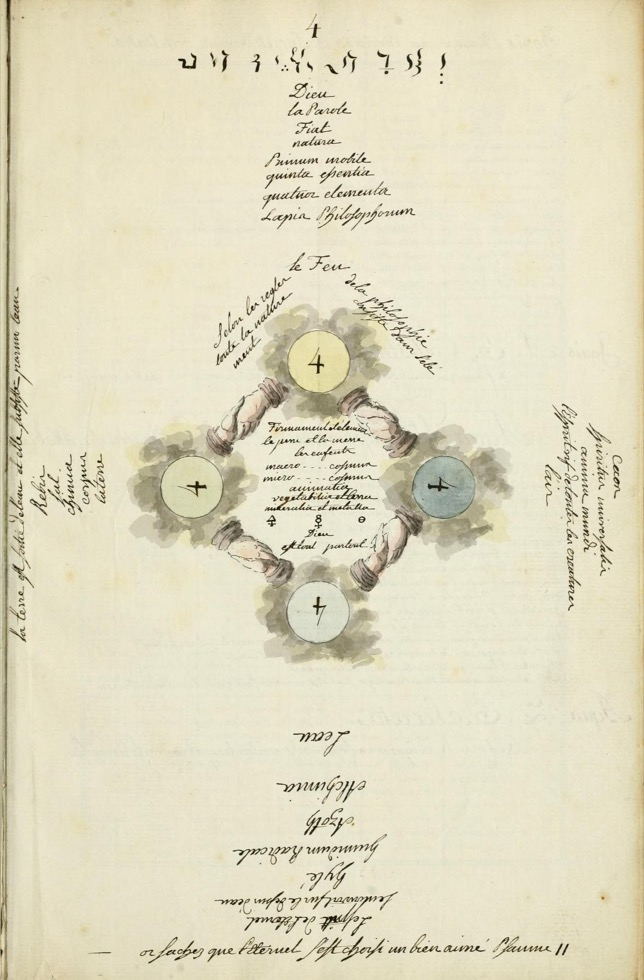
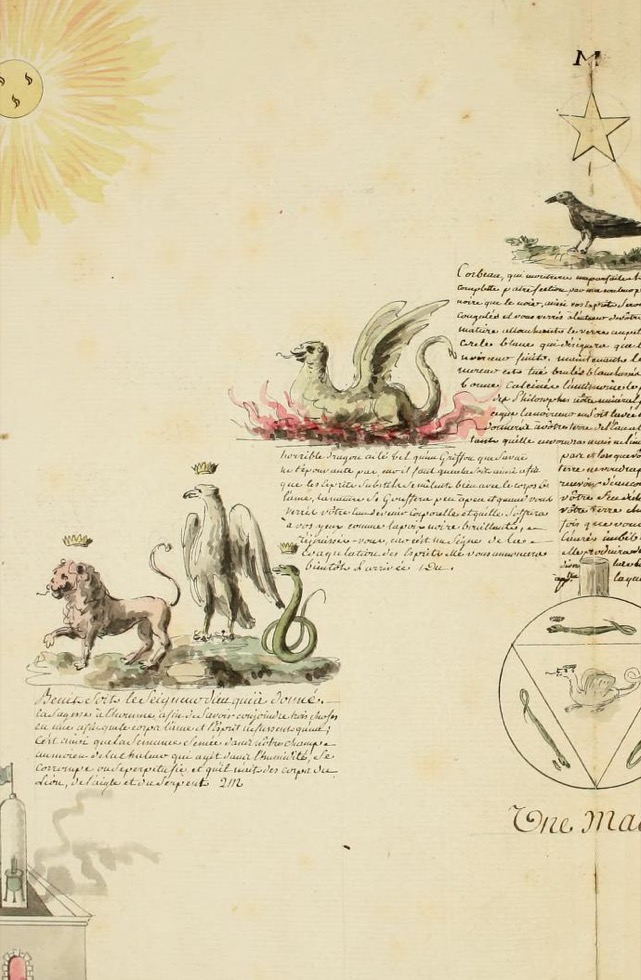

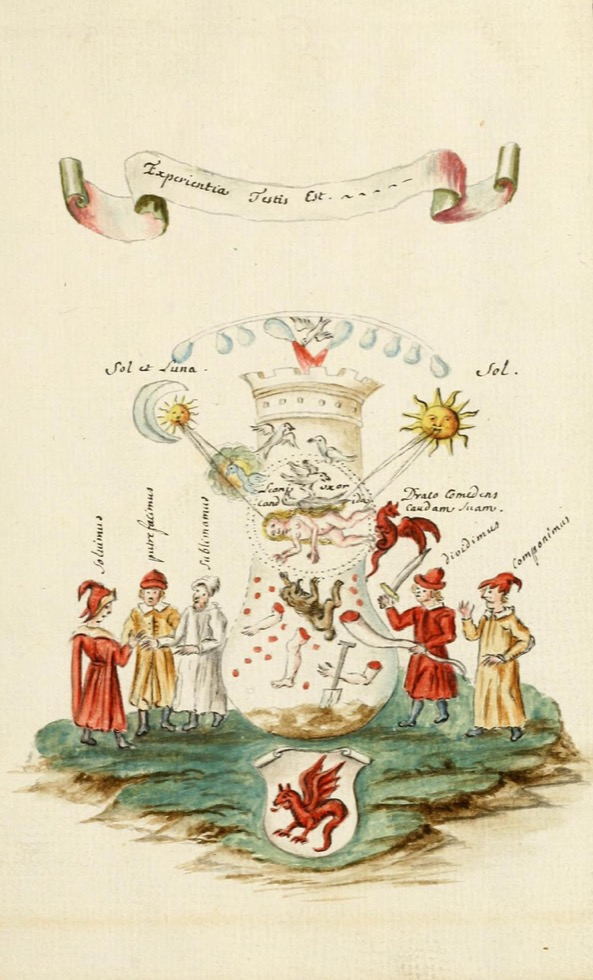
Alchemical art from Les Vaissevax D’Hermes, 1700. Source: Manly P. Hall’s collection of alchemical manuscripts, Box 14

Diagrams from Testamentum Theorica, 15th C, a seminal text on medical alchemy. The book, attributed to Ramon Llull, was originally written in Catalan and is one of the first texts to present The Philosopher’s Stone as a way to turn metals into gold and create an elixir of life. Source: Embassy of the Free Mind
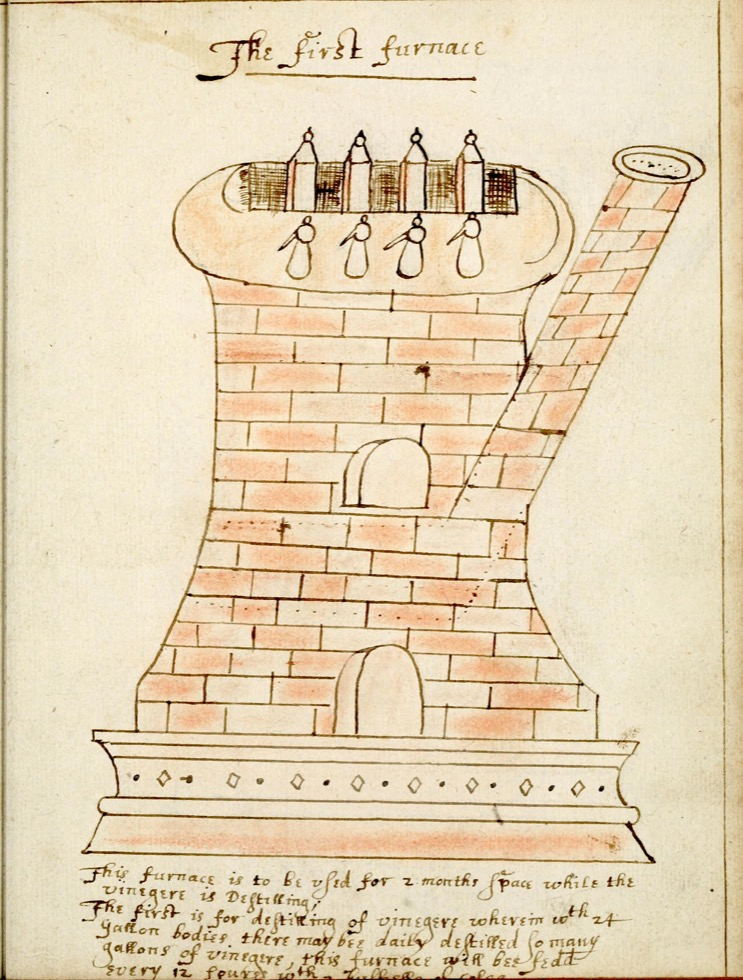
Diagrams of alchemical furnaces in The Key of Alchemy by Samuel Norton, 1577. I love how amateur these look, it’s from a handwritten manuscript, so perhaps they’re placeholder drawings. From Manly P. Hall’s collection of Alchemical Manuscripts. Box 18, MS102, v10

Emblems from Manly P. Hall’s collection of alchemical manuscripts, 1600, Box 4, MS 19. From: archive.org

Depiction of an alchemist’s lab from Alchemy, Its Science and Romance, John Edward Mercer, 1921. Image processed and colorized by Eve Harms. Original source: archive.org
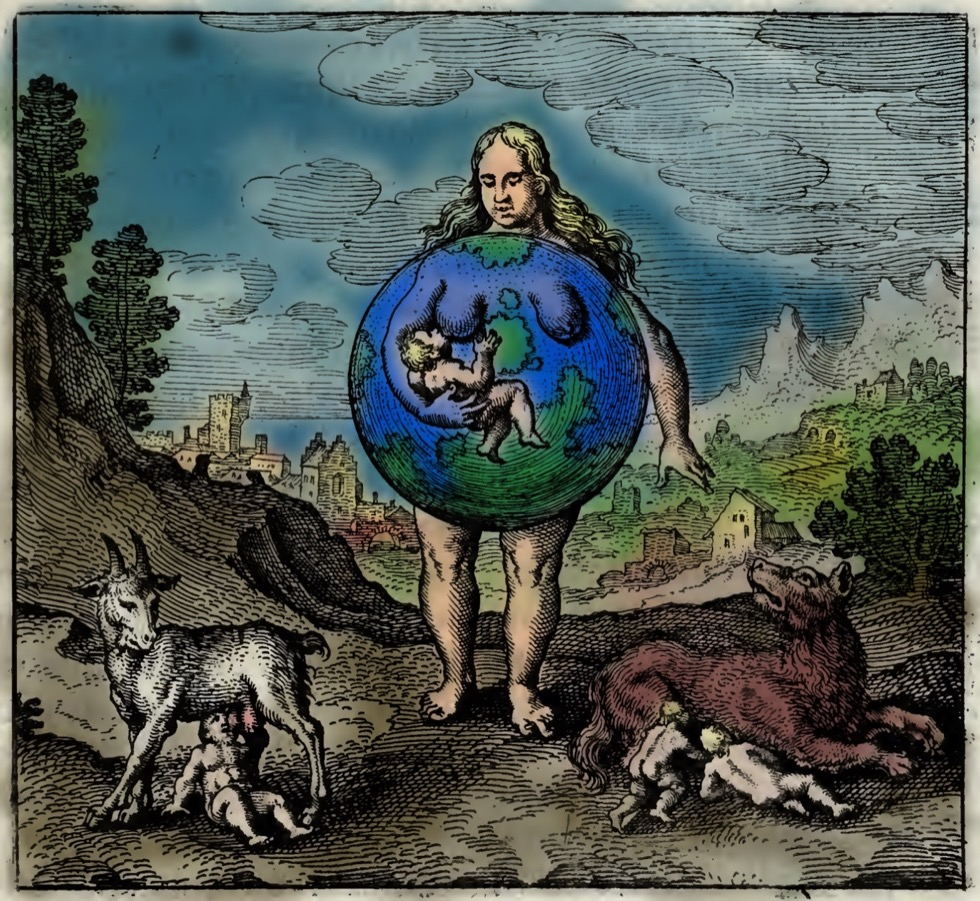
Alchemical emblem 2, Atalanta Fugiens, Michael Maier, 1618. Depicted on bottom: Romulus nursed by a wolf and Jupiter nursed by a goat. The “Child of the Philosophers”, referring to either the Philosopher’s Stone or alchemist themself, nurses from the Earth Mother. Colorized by Eve Harms, CC0. Source: archive.org

An alchemist next to their athanor, the furnace used to create slow and steady heat for alchemical digestion. Also known as the Philosophical furnace, Slow Henry (Piger Henricus), Furnace of Arcana, and the Tower furnace. From Alchemy: Ancient and Modern by H. Stanley Redgrove, 1911. Colorized by Eve Harms. Licensed under CC0
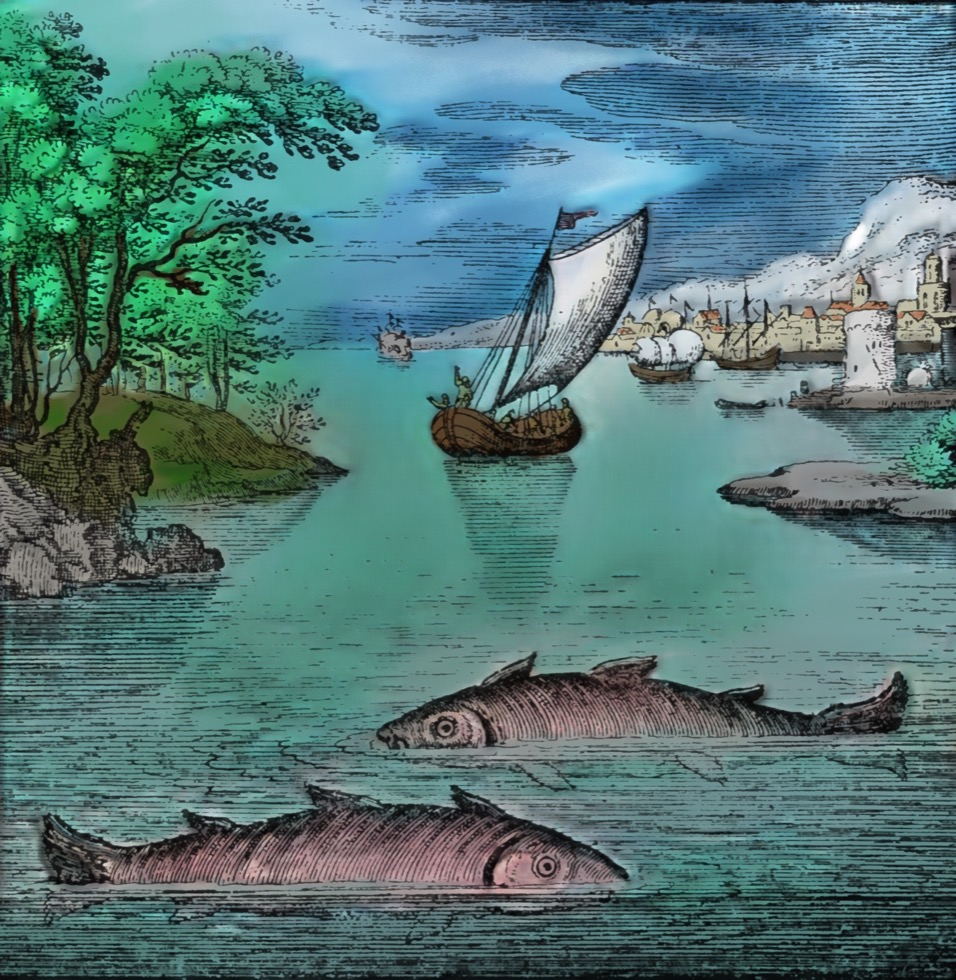
Alchemical art from Alchemy: Ancient and Modern by H. Stanley Redgrove, 1911. The sea represents the body, and the two fish represent the Soul and Spirit. Colorized by Eve Harms. Licensed under CC0
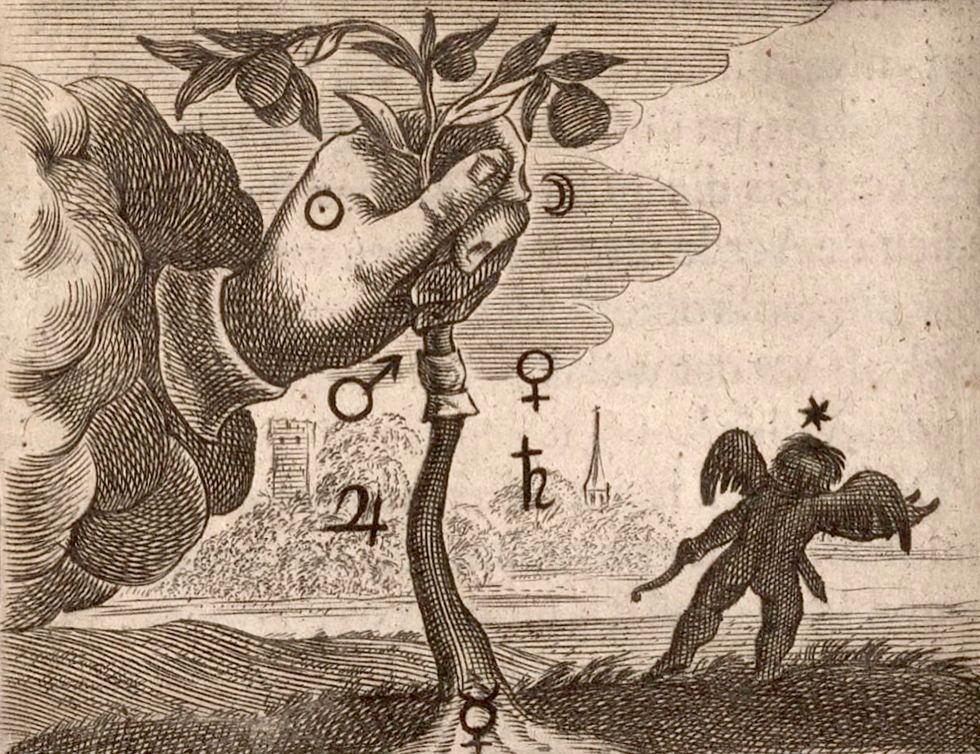
Alchemical Diagrams from De Roode Leeuw, of het Sout der Philosophen (The Red Lion, or the Sout of the Philosophers) by Goossen van Vreeswyk, 1672. Source: Embassy of the Free Mind


